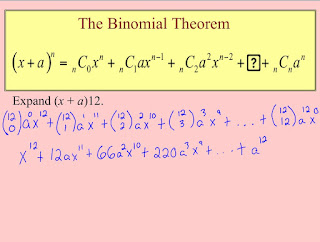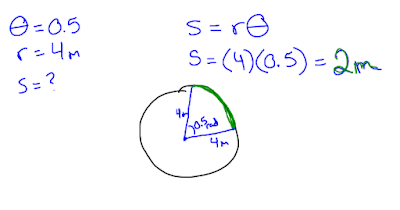Domain And Range
I will be able to identify the domain and range of functions and relations.
To find the Domain you need to find the x- values because the domain is x- values. To find the Range you need to find the y- values. In this example You just pull the values out of the Relation. You can also determine whether the relation or table is a function. You would know if it's a function if the x- values don't repeat then it's a function. In this example this is not a function because there are two 2's as x- values.
One of the misconceptions i had with domain and range were whether you had to put brackets or parenthesis. My teacher told me that you use parenthesis when it is not equal to a number and you use brackets when it is equal to a number. However, if you are dealing with infinities you will always use parenthesis.
How do you find domain and range? You find the domain by locating the x-values. You find the y- values by locating the y- values.
How do you determine the difference between a linear function and an exponential function?
You can determine whether a function is linear, exponential or neither by plugging your table into the equation. For example the equation for linear is y2 minus y1 over x2 minus x1 and the equation for exponential is y2 over y1.
How do you determine transformations from a graph? How do you determine transformations from an equation? You can determine on a graph by counting the units that went up or down and then you can see if it was a reflection. You can determine from an equation by seeing if it is adding or subtracting which means it goes up or down. Then you can see if it is multiplying by a number.

























